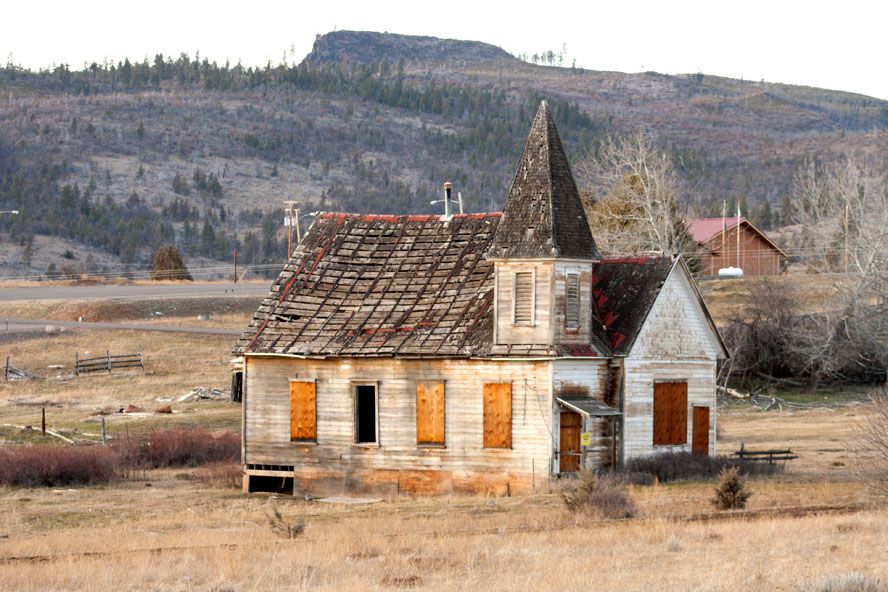
Estimating the economic well-being of American Indians is a complex task. In general, American Indians tend to have higher poverty rates, higher unemployment rates, and lower educational achievements that other Americans. However, the picture is complicated by the fact that some Indians live on reservations and some don’t. The poverty rates on reservations are significantly higher than in the urban areas.
There are currently about 310 reservations in the United States. These reservations are lands which the Indians reserve for themselves: they were “gifts” from the United States government to the Indians. All Indian reservations, however, are not equal: some are very large, covering thousands of square miles while others are small, containing only a few acres; some have populations numbering in the many thousands, while other have only a few hundred (sometimes fewer) residents. Some reservations are pockets of extreme poverty, the kind of poverty geographers describe in the lesser developed countries of Sub-Saharan Africa.
Listed below are the ten largest Indian reservations in the United States along with estimates of the percentage of families living in poverty and the percentage in extreme poverty (defined as less than half of the poverty threshold). Because economic well-being is associated with educational attainment, also shown is the percentage of adults who have at least a high school education. In the United States as a whole, 80% of all adults have at least a high school education; among all Indians this is 76%. The large reservations listed below have education levels far below this.
Navajo:
The Navajo Nation covers more than 62,400 square miles in Arizona, New Mexico, and Utah. It is not only the largest Indian nation in the United States with regard to size, but is also the largest with regard to population: about 181,000 Navajo live on the reservation.
Nearly half of the families on the reservation (47%) live in poverty with 15% in extreme poverty. While the official unemployment rate is about 11%, more than half of all adults on the reservation (56%) are actually out of the labor force. While education is often seen as the key to reducing poverty, only 25% of the Navajo adults have the equivalent of a high school education.
Uintah and Ouray:
The Uintah and Ouray Reservation in Utah is the home to the Northern Ute. The reservation covers 17,678 square miles and has a population of about 19,000.
More than half of the families on the reservation (54%) live in poverty with 4% in extreme poverty. While the official unemployment rate is about 5.4%, 40% of all adults on the reservation are out of the labor force. With regard to education, 38% have at least a high school education.
Tohono O’odham:
The Tohono O’odham Nation covers 11,535 square miles in southern Arizona and has a reservation population of about 11,000.
The poverty rate is about 44% with 21% of all households living in extreme poverty. The official unemployment rate is 9.9% with 59% of all adults out of the labor force. With regard to education, 40% have at least a high school education.
Cheyenne River:
The Cheyenne River Sioux Tribe Reservation in South Dakota covers 11,447 square miles and has a population of about 8,500.
Two out of five of the reservation households (42%) live in poverty and 15% are in extreme poverty. The official unemployment rate is about 8.6% with 43% of the reservation adults out of the labor force. About one third of the reservation adults (33%) have at least a high school education.
Standing Rock:
The Standing Rock Sioux Reservation covers 9,486 square miles in South Dakota and North Dakota. The reservation has a population of about 8,300.
Of the families living on the reservation, 41% live in poverty with 17% living in extreme poverty. The official unemployment rate is 6.7% with about half of all adults (49%) out of the labor force. With regard to education, 37% have at least a high school education.
Crow:
In Montana, the Crow Nation covers 9,341 square miles with a population of about 7,000.
About one-third of the families on the reservation (32%) live in poverty with 10% living in extreme poverty. The official unemployment rate is 10.5% with 39% of all adults out of the labor force. With regard to education, 31% have at least a high school education.
Wind River:
Wyoming’s Wind River Reservation, home to the Northern Shoshone and the Arapaho, covers 9,148 square miles. The reservation has a population of nearly 24,000.
The poverty rate on the Wind River Reservation is low compared to many other reservations: 23% live in poverty with 13% in extreme poverty. The official unemployment rate is 7.5% with 35% of all adults out of the labor force. More than a third of the adults (35%) have at least a high school education.
Pine Ridge:
The Oglala Sioux of South Dakota’s Pine Ridge Reservation have 8,994 square miles and a population of about 15,500.
More than half of the families on the reservation (53%) live in poverty with 21% living in extreme poverty. The official unemployment rate is about 16.9% with 49% of all adults out of the labor force. Slightly more than one-fourth of all adults (27%) have at least a high school education.
Fort Peck:
The Fort Peck Reservation in Montana is the home to the Sioux and Assiniboine. The reservation covers 8,553 square miles with a population of about 10,500.
About 39% of the Fort Peck residents live in poverty with 10% living in extreme poverty. The official unemployment rate is about 10.9% with 38% of all adults out of the labor force. One-third of the reservation residents (33%) have at least a high school education.
San Carlos:
The San Carlos Apaches in Arizona have a reservation of 7,582 square miles with a population of about 9,400.
More than half of the families on the reservation (53%) live in poverty, with 25% living in extreme poverty. The official unemployment rate is 16.4% with 54% of all adults out of the labor force. About one-third of the adults (32%) have completed at least a high school education.
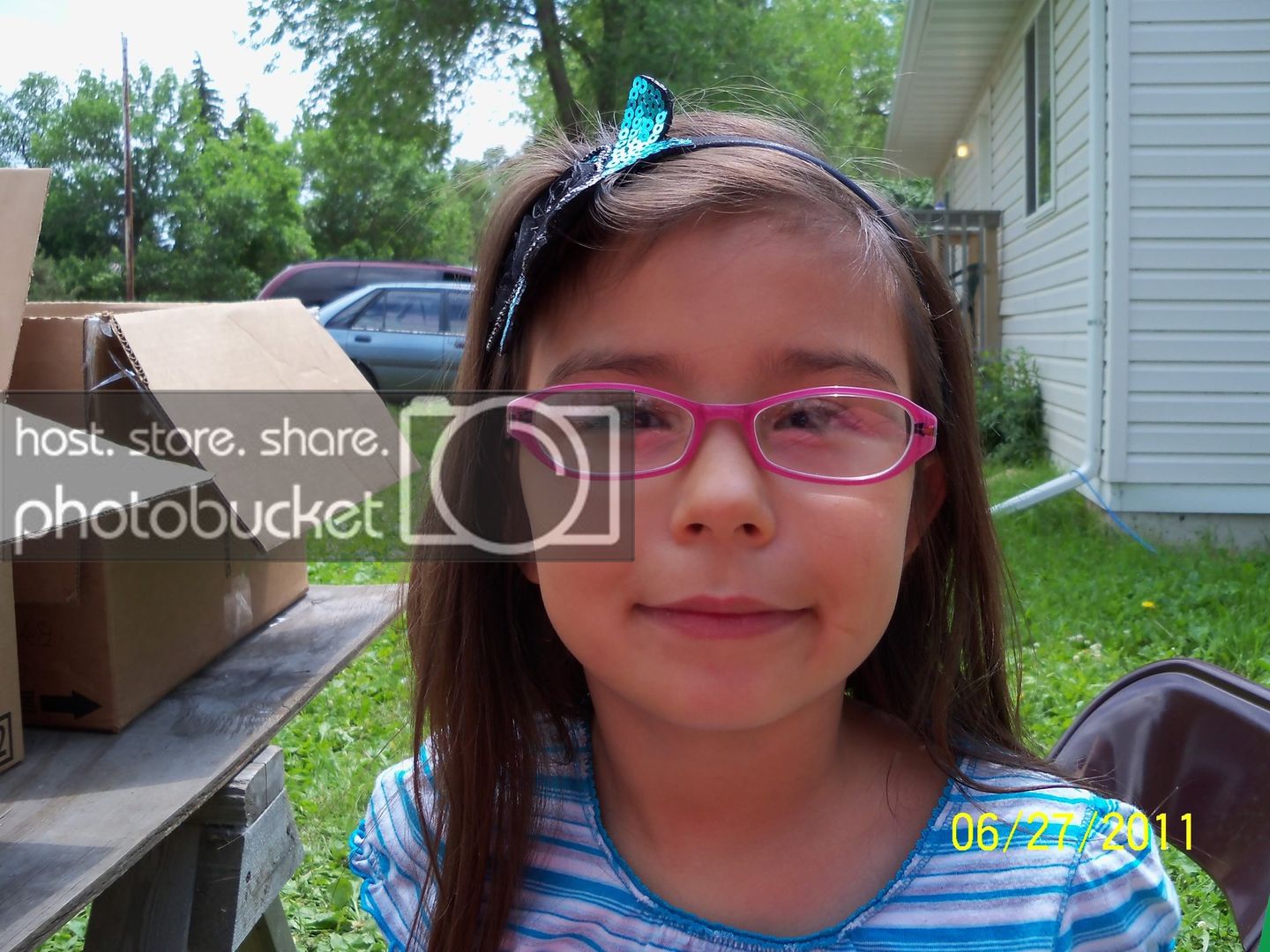
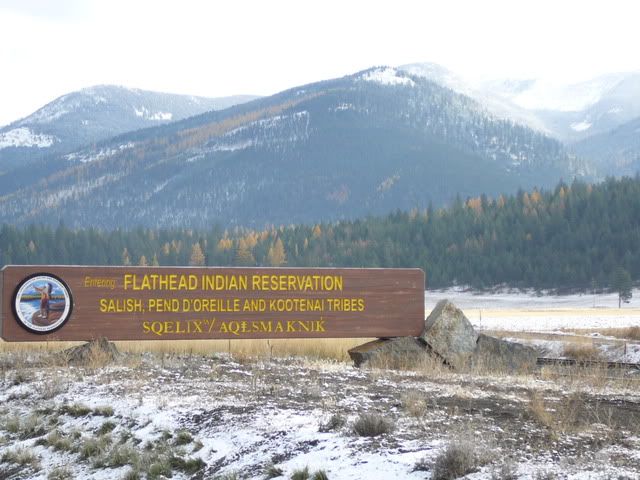
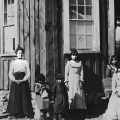
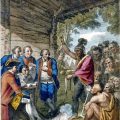
It is an expressive way of showing data and re-drive it also..